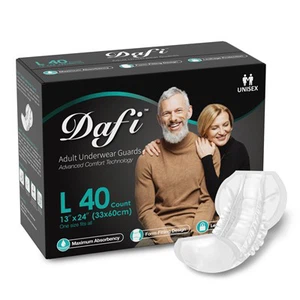The principle of incontinence pads is mainly based on its material and structural design, which enables it to effectively absorb urine and keep dry.
Incontinence pads are usually designed with an outer layer of breathable material and an inner layer of polymer absorbent material. The outer layer of breathable material can keep the skin dry, while the inner layer of polymer absorbent material can quickly absorb urine and prevent leakage.
Working principle of incontinence pads
The core of incontinence pads lies in the design of their absorbent materials. The inner layer usually contains polymer absorbent materials, which have strong water absorption capacity and can quickly absorb urine and lock it inside to prevent leakage. The outer layer is made of breathable material to ensure dry and comfortable skin.
Material and design features of incontinence pads
The materials of incontinence pads usually include breathable materials on the outer layer and polymer absorbent materials on the inner layer. The outer layer material ensures air circulation and keeps the skin dry; the inner layer material is responsible for efficient absorption of urine and prevents leakage. In addition, the design of incontinence pads also includes functional accessories to prevent liquid leakage and prevent external bacterial infection to ensure safe and hygienic use.
Application scenarios and effects of incontinence pads
Incontinence pads are suitable for mild urinary incontinence and menstrual problems. They are especially suitable for women, the elderly, the disabled and pregnant women. Using incontinence pads can effectively prevent contamination of homes and other public places, while reducing the difficulty of cleaning daily necessities. Its design keeps the surrounding environment dry and hygienic during use.



